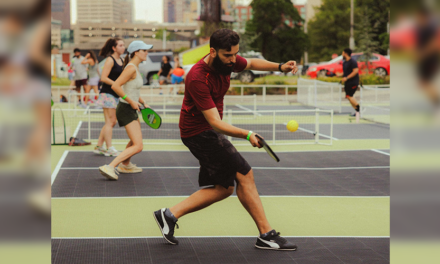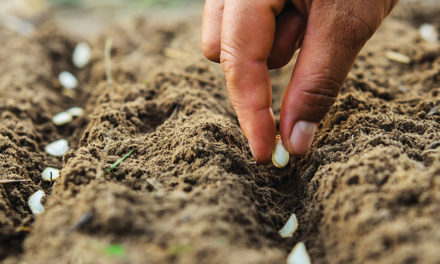Races are back! With the Tour de France and the Olympics on TV, it’s hard not to get inspired to start increasing your training. However, training subjects the body to stress, but increasing the volume or intensity gradually over time means you can adapt to these stresses. To handle this progressive overload, you must balance it with optimal recovery or potentially face injury, illness, or burnout.
Some soreness is normal after a hard session for both beginners and pros. The generalized muscle soreness post workout is termed DOMS (delayed onset muscle soreness). Time of onset is usually 24–48 hours after a hard or intense session of subjecting the body to more than it’s accustomed to. DOMS is felt generally and widespread throughout the muscles used. It may also be associated with muscle tenderness to palpation and a feeling of stiffness with physical activity.
The exact cause of muscle soreness is unclear, but it is thought to be caused by micro-trauma to muscles and connective tissue.
It’s generally worse after activities involving muscle lengthening exercises such as running downhill or lowering weights. Discomfort generally resolves in three to five days. While experiencing it, training needs to be modified because intense exercise could potentially cause more micro-trauma. Gradual and progressive training helps minimize DOMS.
The Best Strategies To Minimize Soreness Ranked
Take a pain killer. NSAIDS may relieve some muscle soreness, but they may also delay muscle recovery. Inflammation is part of the healing process for muscles with micro-trauma, so anti-inflammatory medications can block this and delay muscle healing.
Ice the area. Mounting evidence shows that ice may also retard the healthy inflammatory process and may actually slow muscle healing after exercise.
Static stretching, compression, warm baths, and foam rolling. Based on the evidence, these strategies seem to offer modest benefits.
Do an active recovery that involves light exercise or activity. While muscles may be sore at first, getting up your heart rate and increasing blood flow helps the muscles.
Massage the area. This helps increase blood flow to the healing muscles.
Hydrate before during and after your workout. Be aware of your own individual needs to maximize performance and safety. For every kilogram of body weight lost after exercise, one liter of fluid is recommended to fully rehydrate.
Refuel with carbs and protein. They help your body recover as quickly as possible. Eat carbohydrates within two hours after your workout when your body replaces glycogen stores at much higher rates. Protein helps repair damaged muscle tissue that can contribute to soreness.
Sleep long and well. Better sleep improves cognitive and physical performance, while sleep disruption correlates is associated with increased illness, underperformance, and higher risk of injury. In fact, this often differentiates elite athletes from weekend warriors. Many elite athletes prioritize quality sleep, often have strict sleep routines, and routinely use power naps.
Mark Temme PT is the Director of Rehabilitation at OrthoSouth (Briarcrest) with a clinical specialty in managing running injuries and lower extremity tendinopathies. He is an avid runner and triathlete and member of the Los Locos Racing Team.







